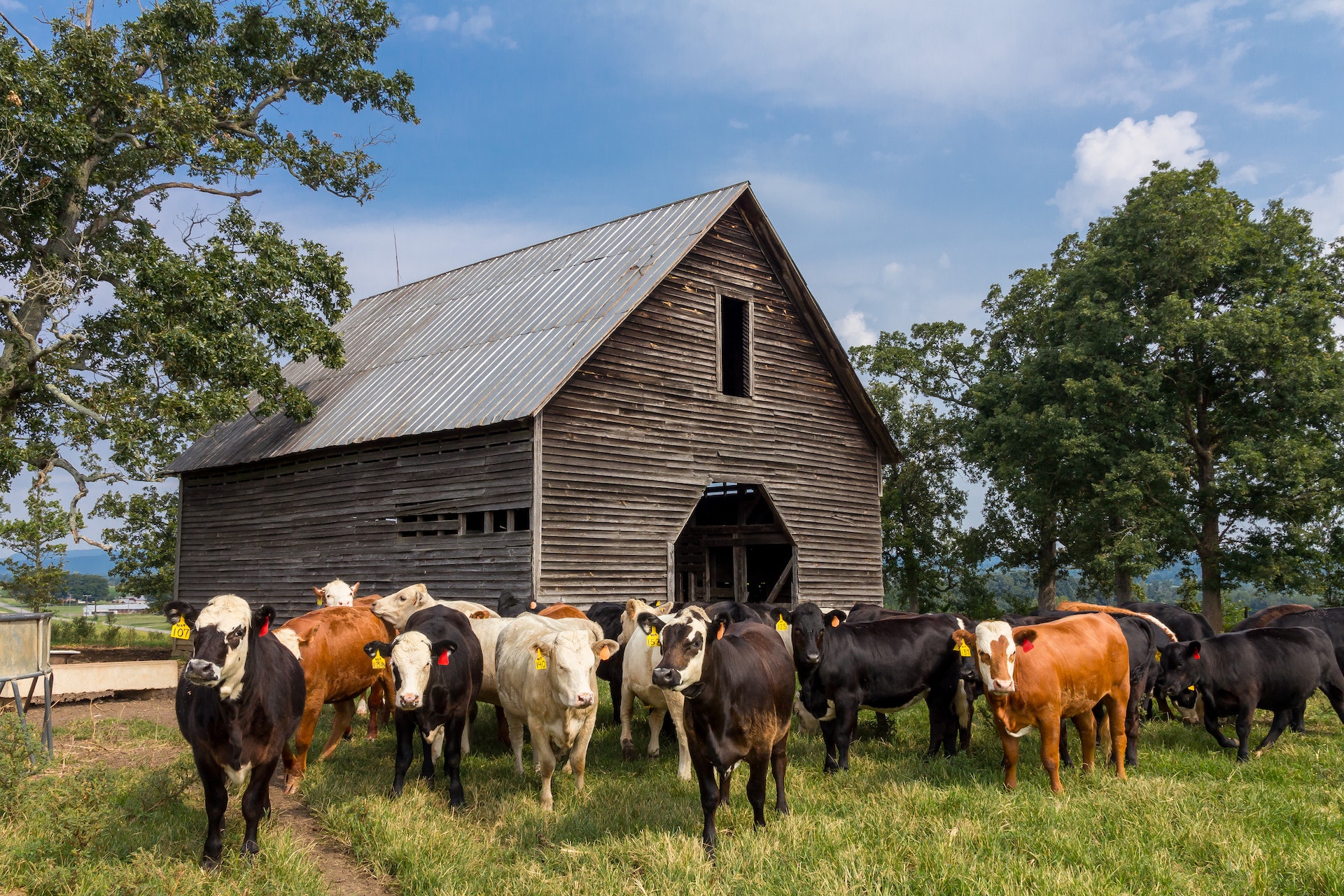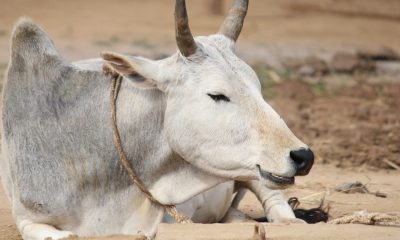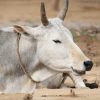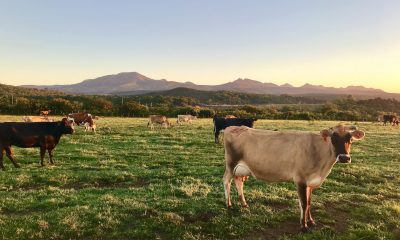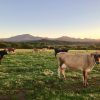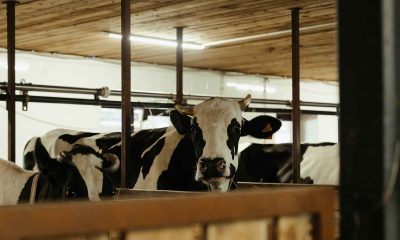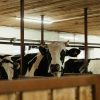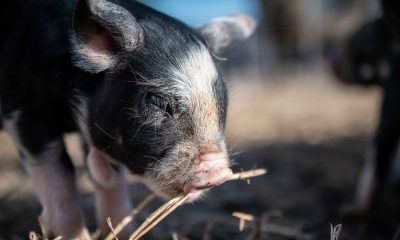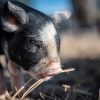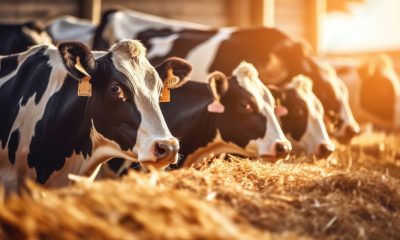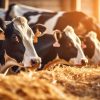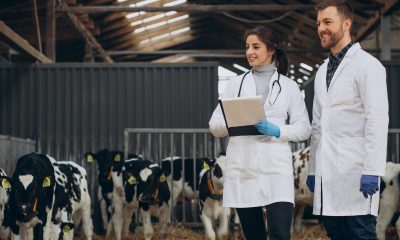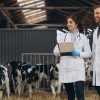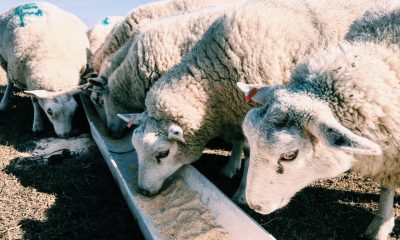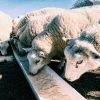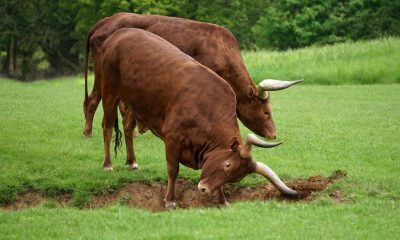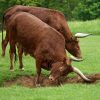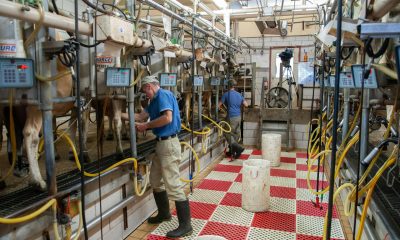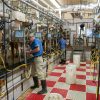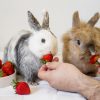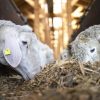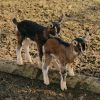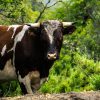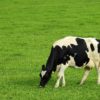Cattle
Major Challenges affecting in Urban Cattle farming
Farms are currently suffering massive economic losses as a result of inadequate management of health, fertility, and productivity, as well as a highly unfriendly marketing system. Dairy farming is essential to reducing poverty since it is a component of the agricultural production system. It enhances other income-generating activities in the fight against poverty and offers appropriate chances for improved rural and peri-urban employment, income creation, and economic access to food. The horizontal growth of dairy farming continues. The growing urban population, rising income levels, and increased understanding of the importance of animal proteins in the human diet have resulted in increased demand for milk and meat. The increased demand for food goods, combined with growing pricing, call for the growth of the dairy and cattle industries. There are difficult conditions for raising livestock for the urban poor. Space, cash, and feed are all in short supply, and the institutional and legal contexts look to be unfavorable. However, the continued existence and growing relevance of urban livestock husbandry for the poor imply that the beneficial features outweigh the negatives. In actual life, a small or marginal dairy farmer faces several problems. The difficulties are as follows.
Low Productivity
India has the biggest livestock population and the highest milk output in the world, but the productivity of grazing animals in particular has been incredibly low, turning this valuable resource for the poor into a liability. Massive ruminants are kept by more than 60% of rural families, primarily for milk production and sometimes for ox power. The average milk output, however, is noticeably low. Cows usually produce at a low level due to inadequate management techniques, poor quality feed, and limited supply of feed.
Water Availability
Currently, urban dairy farming competes with humans for water resources since supply services fail to account for water consumption. Due to the high cost of water in many slums, cattle must explore alternate, frequently polluted water sources. Depending on a breed’s capacity to adapt to a given environment and ambient temperature, distinct breeds have different water requirements. In summer, water sources that are shallow or in direct sunlight are more likely to heat up, which might reduce consumption or promote the growth of algae. The body of a cow has between 60% and 80% water, whereas milk contains 87% water. Water is required for body temperature regulation, rumen fermentation, feed passage through the digestive tract, nutritional absorption, metabolism, and waste elimination.
Marketing of Milk and Milk Products
The marketing process is a highly important part of any business’s survival. Depending on the size of the herd, a dairy farm may be a small business unit or a large business unit. Hence here are the two things which are necessary for each operation or commercial activity of a dairy farming.
- Financial sustainability
- Operational sustainability
Stable economic activity or ongoing money inflows and outflows are both considered to be indicators of financial sustainability. Whereas, the definition of operational sustainability is low-cost operating. These two sustainable activity categories are therefore advantageous for the dairy farm. Marketing should be included in order to ensure financial sustainability.
Inadequate Public Institution Support
The lack of governmental and financial support for the cattle industry was unsettling. In contrast to its contribution to agricultural GDP, the sector only received roughly 12% of the overall state spending on agriculture and related industries. Financial institutions have ignored the industry. It has barely ever been more than 4% of the overall agricultural loan that is allocated to livestock. For underprivileged urban farmers, information availability and uptake of new technology are restricted. This is exacerbated by the fact that present programs are not suited to the needs and conditions of the cattles.
Shortage of feed and fodder
With just 2.29 percent of the world’s surface area, India is home to approximately 17 percent of the world’s human population and 10.70 percent of the world’s cattle (more than 535.82 million head), placing pressure on land, water and other resources. Only 5% of the country’s cultivable land is used for fodder production. Permanent pastures and grazing fields account for just 3.30 percent of total land area and have been diminishing significantly. Crop leftovers are one of several resources and this type of feed supplies more than half of the country’s requirement for livestock. The livestock sector is suffering significant feed and fodder shortages at current animal productivity and output levels. Green feed is critical for improved cow development. This enhances the fat level of the milk while also providing the necessary protein amount. Hybrid napier is a grass that may be grown all year and is the greatest green feed. Due to a lack of irrigation infrastructure, farmers are hesitant to produce this grass.
For the dairy business to flourish further in the liberalized global markets, India must face obstacles on several fronts. These include the production of high-quality milk, the use of cost-effective, energy-efficient, eco-friendly technologies for collecting and processing milk and milk products, product diversification, the upgrading and improvement of the shelf-life of Indian dairy products, the development of appropriate packaging systems, infrastructure for storage, transportation, and marketing of dairy products, quality systems, certification, food safety, and government legislation. Dairy has a lot of potential to enhance income, nutrition, and women’s empowerment, hence efforts to promote urban dairy farming should be done.



